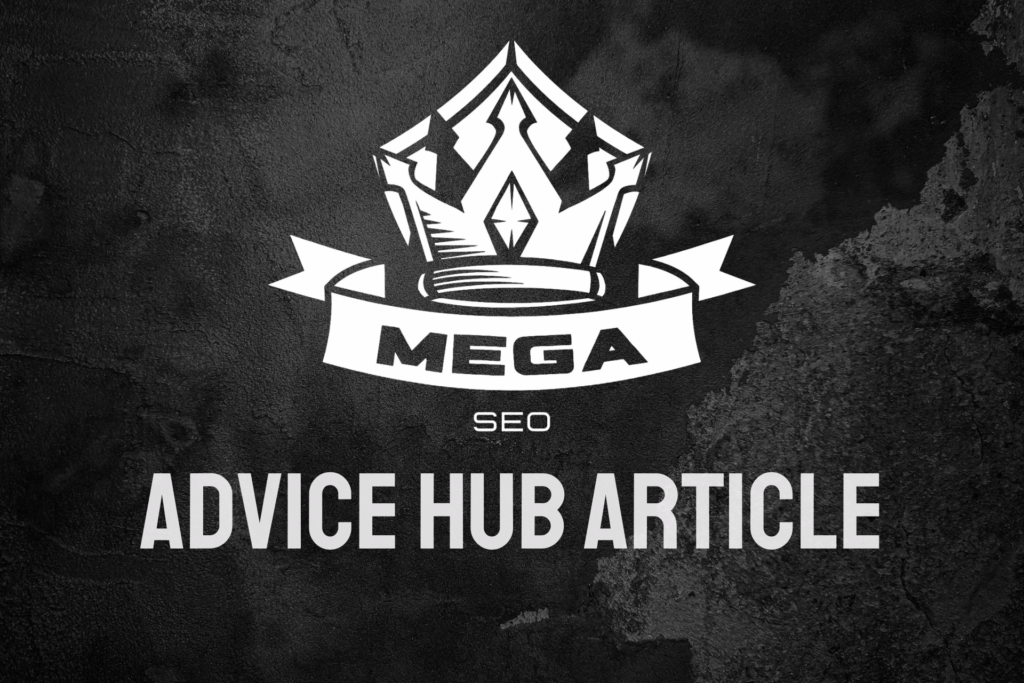Google Trends offers invaluable insights for keyword research, helping businesses identify search patterns, seasonal trends, and emerging topics. This powerful tool provides real-time data about search interest over time, enabling marketers to make informed decisions about their content strategy and keyword targeting.
What Makes Google Trends Different from Other Keyword Tools?
Unlike traditional keyword research tools that focus solely on search volume, Google Trends provides relative popularity metrics and historical data. This unique approach helps you understand how search interest changes over time, making it particularly valuable for on-page SEO strategy development.
How Do You Access and Navigate Google Trends?
Getting started with Google Trends requires no sign-up or subscription. Simply visit trends.google.com and enter your search terms. The interface allows you to:
- Select Geographic Regions: Filter data by country, region, or city to target specific markets and understand local search behaviour
- Choose Time Periods: Analyse data from the past hour up to 2004, helping identify both immediate trends and long-term patterns
- Compare Multiple Terms: Input up to five search terms simultaneously to understand relative popularity and competition
- Filter by Categories: Narrow results to specific industries or topics for more relevant insights
What Are the Key Features for Keyword Research?
Related Queries
The Related Queries section reveals both rising and top related search terms. This feature helps identify:
- Emerging Opportunities: Rising queries highlight growing search trends before they peak, allowing you to create content ahead of competitors
- Long-tail Keywords: Discover specific phrases and questions users ask about your topic
- User Intent Signals: Understand what information searchers seek when researching your topic
Regional Interest
Understanding geographic variations in search interest supports effective local SEO strategies. This data helps:
- Target Location-specific Content: Create region-specific pages based on local search patterns
- Identify Market Opportunities: Spot areas with high interest but low competition
- Optimise Local Campaigns: Tailor content to regional preferences and terminology
How Can You Use Google Trends for Seasonal Content Planning?
Seasonal trends significantly impact search behaviour. Google Trends helps you:
- Plan Content Calendars: Schedule content publication based on predicted interest peaks
- Identify Annual Patterns: Understand recurring seasonal trends to prepare content in advance
- Spot Emerging Seasons: Notice shifts in seasonal patterns to adjust your strategy accordingly
What Role Does Google Trends Play in Technical SEO?
Beyond keyword research, Google Trends supports technical SEO implementation through:
- URL Structure Planning: Design URL hierarchies based on topic relationships and search patterns
- Site Architecture: Organise content categories according to user interest patterns
- Mobile Optimisation: Understand device-specific search trends to prioritise mobile-first development
How Can You Integrate Google Trends with Other SEO Tools?
Combining Google Trends with other tools enhances your off-page SEO strategy by:
- Validating Keyword Data: Cross-reference volume data from other tools with trend patterns
- Content Gap Analysis: Identify topics where competitor coverage doesn’t match user interest
- Link Building Opportunities: Discover trending topics for outreach and content partnerships
What Are Common Mistakes to Avoid When Using Google Trends?
To maximise the effectiveness of Google Trends, avoid these common pitfalls:
- Ignoring Context: Remember that trends data shows relative popularity, not absolute search volumes
- Over-relying on Short-term Data: Consider longer time periods to identify genuine trends versus temporary spikes
- Neglecting Category Filters: Use relevant categories to eliminate misleading data from unrelated searches
Transform Your Keyword Research with Expert SEO Support
Mastering Google Trends for keyword research requires time, expertise, and strategic thinking. Our SEO team based in Wigan specialises in turning trend data into actionable SEO strategies that drive results. We combine Google Trends insights with comprehensive keyword research to create content that resonates with your target audience and achieves sustainable rankings.
Ready to elevate your keyword research and SEO strategy? Contact us to discover how our data-driven approach can help your business grow through strategic keyword targeting and content optimisation.




